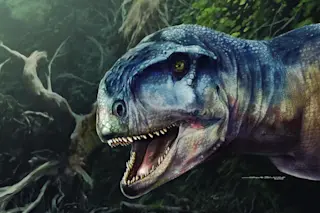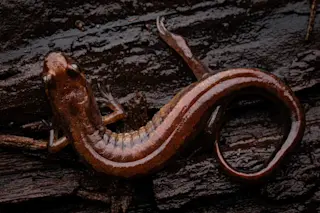Some 85 million years ago, “the one who frightens” roamed ancient Patagonia, delivering powerful bites to prey unlucky enough to cross its path.
Llukalkan aliocranianus was a medium-sized theropod dinosaur roughly the same shape as a Tyrannosaurus rex. The only known specimen of the ancient carnivore was discovered in November 2015 in Argentina’s Neuquen province. “It was a fortuitous case; lucky, basically,” says Federico Ghianechini, a paleontologist and biologist with the Argentina National Scientific and Technical Research Council and the first author of a study published recently in the Journal of Vertebrate Paleontology.
The discovery, which occurred in a region rich in other fossils dating from the same period, adds to our knowledge the area's ancient ecosystem in the Cretaceous period.
Ghianechini and his colleagues were near the end of their field season in Neuquen in 2015 when they saw part of the fossil protruding from the ground.
“We started ...















